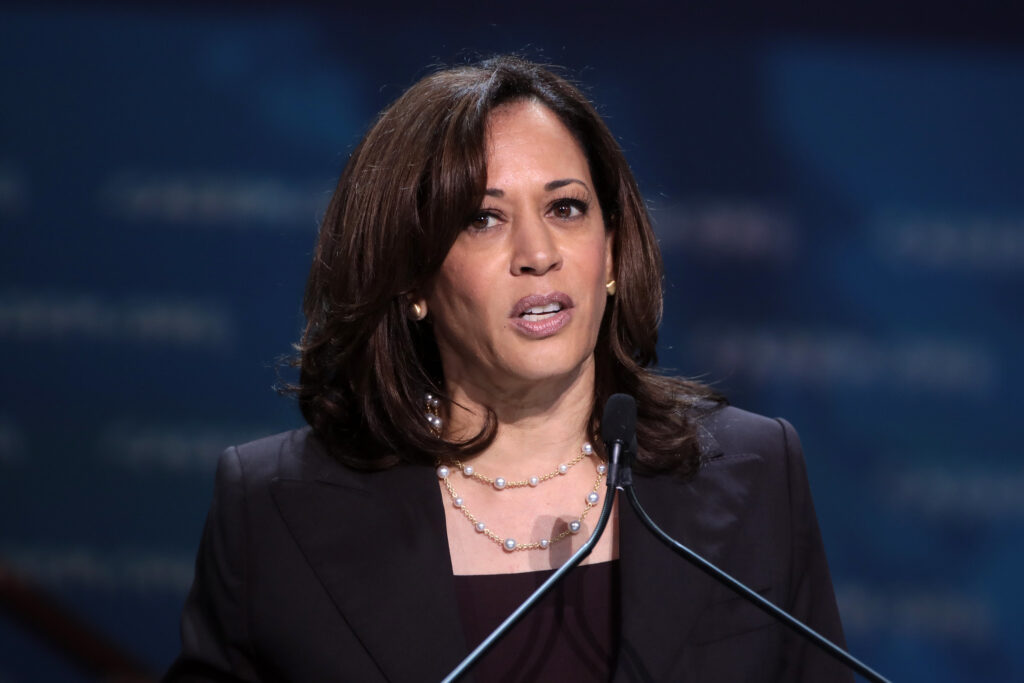Concerned that the longer students remain in bilingual education the more they fall behind academically, the Chicago Board of Education on February 25 unanimously approved a new policy to limit bilingual classes to three years, with extra tutoring support during the first year of mainstreaming. Although the decision was protested by several Latino groups, the board noted that the move simply aligns the district’s standards with state guidelines under the Illinois School Code.
School Board President Gary Chico, whose father is Mexican, bore the brunt of the protests, with opponents accusing him not only of forgetting his Mexican roots but also of not speaking Spanish very well.
“I’m of Mexican descent and very proud of it,” Chico told the Chicago Sun-Times. “Whether I struggle in Spanish, my heart is in the right place,” he added, noting that his parents did not speak Spanish at home.
Chico’s concern is how Chicago eighth-graders in the bilingual program are struggling with Spanish, reading only at a fifth-grade level–more than three years below national averages. The longer Spanish-speaking students attend the bilingual program, the worse they perform in Spanish. While bilingual students in first and second grade perform at grade level, their reading scores decline steadily from third to eighth grade.
“The bottom line is the longer you institutionalize students in that program the longer they lag behind,” Chicago Public Schools CEO Paul Vallas told parents and members of Latino groups when they met with him a week earlier. “We want to bring accountability to bilingual education, just like we’ve brought accountability to everything else,” he added.
During the last three school years, the percentage of elementary-level students leaving the bilingual program in four years or less has dropped from 87 percent to 78 percent, meaning that two out of five students remain in the program for more than four years. At the high school level, some 54 percent of bilingual students stay in the program for more than four years. Although they were not special education students, last year more than 100 students had been in the bilingual program for twelve years.
Latino students make up 81 percent of the 71,000 Limited-English Proficient students in Chicago’s public schools. Latinos represent 32 percent of the district’s total of 425,000 students and a growing percentage of the system’s dropouts. The Hispanic student dropout rate in Chicago stands at 43 percent.
George A. Clowes is managing editor of School Reform News. His email address is [email protected].




